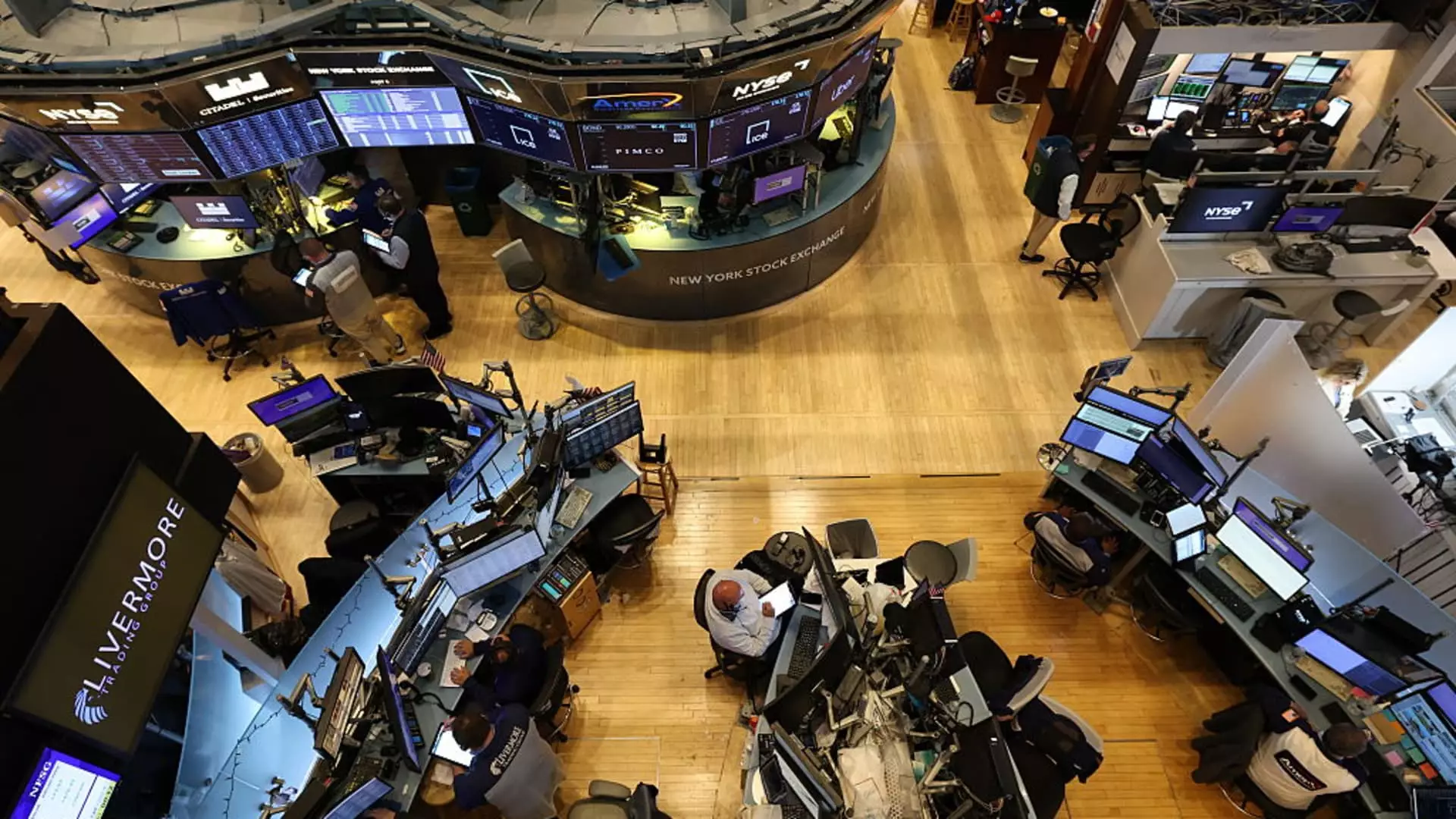In recent days, market analysts have fixated on the fragility of financial markets in the face of geopolitical tensions and tariff threats. It’s tempting to see these fluctuations as signals of systemic weakness, but that perspective overlooks a fundamental truth: financial markets are inherently resilient. The slight movements in futures and indices following President Trump’s tariff announcements are less signs of impending catastrophe and more reflections of a complex adaptive system adjusting to new information. This perspective challenges the sensationalist narrative that markets are on the brink of collapse, instead recognizing that volatility in such moments often signifies a healthy mechanism of risk reassessment, which ultimately strengthens market foundations.
The Illusion of Immediate Impact: Why Market Swings Are Misleading
Short-term market reactions tend to exaggerate the actual economic implications of policy changes. The modest upticks and dips—like the 0.04% increase in Dow futures or the negligible shifts in the S&P 500—should not be mistaken for signs of lasting damage. Markets inherently discount future uncertainties, and brief tremors are part of the process. The reality is that the global economy, while sensitive to policy shifts, possesses a remarkable capacity to absorb shocks and recalibrate accordingly. The misconception that tariffs and trade tensions spell disaster ignores this adaptability and dismisses the importance of long-term strategic stability.
The Power of a Center-Left Perspective in Navigating Uncertainty
From a centrist liberal viewpoint, the focus should not be solely on defending free markets from every perceived threat but on fostering resilient systems that can adapt to change without catastrophic fallout. The turbulence caused by tariffs highlights the necessity of balanced policies that safeguard both economic interests and social stability. It’s vital to recognize that aggressive protectionism, especially with threats of sector-specific tariffs and highest-rate levies like 200% on pharmaceuticals, may undermine the very trust and stability they aim to protect. Yet, an optimistic and pragmatic approach fosters policies that promote sustainable growth and social justice, rather than reactive knee-jerk measures that risk destabilizing global supply chains.
The Real Narrative: Resilience, Not Panic
The narrative of economic doom is misguided. Fluctuations driven by tariff announcements reflect not a failing system but a crucial process of adaptation. Markets are not merely passive entities — they are dynamic, evolving ecosystems capable of rebounding from shocks. Policymakers might pretend that tariffs are mere tools for negotiation, but they are also tests of resilience. The key lies in maintaining a balanced approach that does not overreact to short-term noise but emphasizes long-term innovation, social stability, and strategic diplomacy. Ultimately, the market’s greatest strength lies in its ability to incorporate complexity and remain adaptable—traits that are often overlooked amid headlines proclaiming imminent chaos.


Leave a Reply